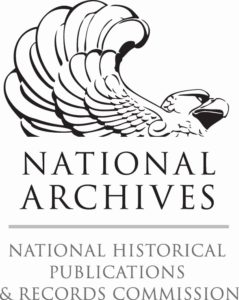Identifying Audiences
Who are the people your digitization projects will reach? “Everyone!” is a good umbrella goal, but taking steps to define specific user groups and their needs will help you connect with them more effectively. Start by brainstorming a list of key audiences, or undertake a community mapping exercise to identify potential user groups. Think beyond your go-to groups (genealogists, teachers) to other community members you might not already reach (new arrivals, young families).
For each user group, consider:
- Where are these users? Do they gather regularly, virtually or in person? Where can you find them?
- What is this group’s current relationship with your organization or project?
- How does your work benefit this group? Why should they care?
- What do you want community members to do with your organization or project? What is the “call to action”?
- What challenges or barriers to engagement, such as language or Internet access, do they face and how will you address those?
- What else do you need to learn about this group to facilitate new, more or better engagement?
- Consider that your role in the community may evolve over time. What is your plan for reassessing community needs periodically?
User Personas
To gain an even deeper understanding of your audiences and the best ways to connect with them, you might consider outlining some user personas. User personas are fictional but realistic representations of core audience segments. They’re a good way to keep community members’ perspectives and needs at the heart of your project development and outreach efforts.
User Persona Examples:
- Digital Personas, National Archives
- Digital Readiness Community of Practice – Personas, Recollection Wisconsin
Building Community Connections
Developing and maintaining relationships with community members gives you insight into how your organization’s digital work can best support and serve your community.
Remember the following “rules of engagement” when interacting with community members:
- Introduce yourself authentically (not just your title, organization, or degree/credentials)
- Always ask permission to engage with an individual or community group
- Reassure folks that you will protect and honor their legacy
- Share copies of any project outcomes and project updates with community members
- Follow up continually – these are never “one and done” interactions
Recollection Wisconsin has created a Toolkit for Building Community Engagement with more information.
Resources and Tools
- User Personas. Culture Connect.
- Personas. Usability.gov, 2020.
- Steps For Starting A Community-Institutional Partnership. University of North Carolina University Libraries Community Driven Archives, 2021.
- Understanding and Describing the Community. Community Tool Box, University of Kansas.
- Caswell, M.; Douglas, J.; Chow, J.; Bradshaw, R.; Mallick, S.; Karthikeyan, N., et al. “Come Correct or Don’t Come at All:” Building More Equitable Relationships Between Archival Studies Scholars and Community Archives. UCLA, 2021.

 The Digital Readiness Toolkit and related resources were made possible in part by grants from the National Historical Publications and Records Commission.
The Digital Readiness Toolkit and related resources were made possible in part by grants from the National Historical Publications and Records Commission.
